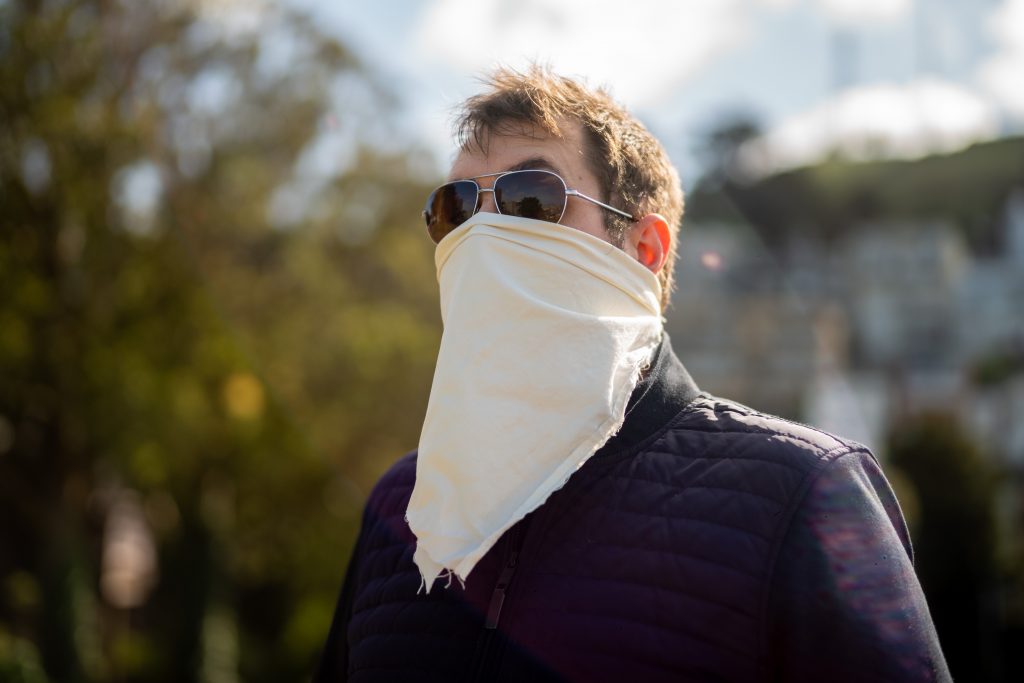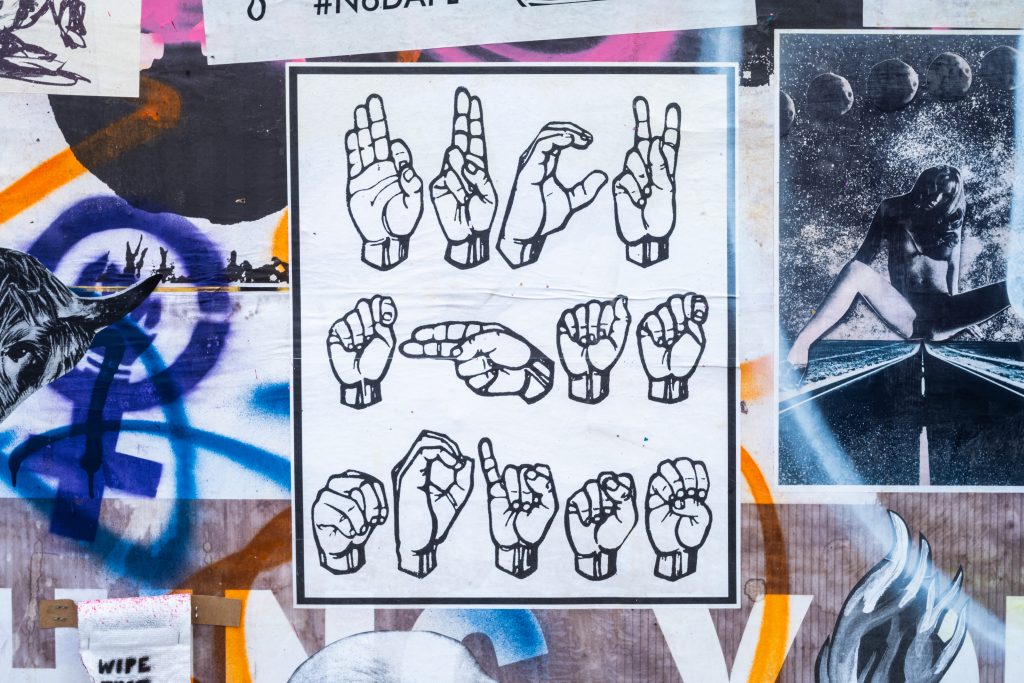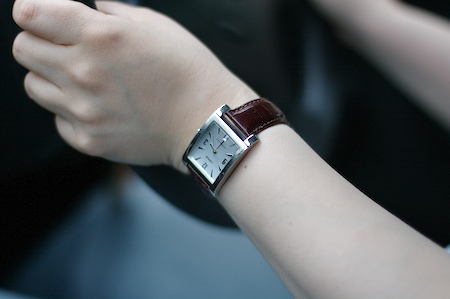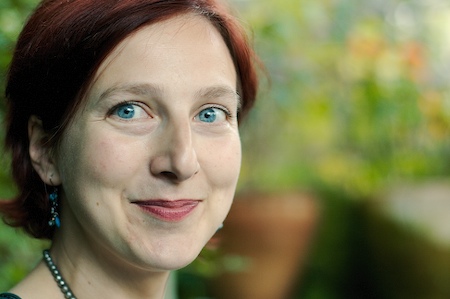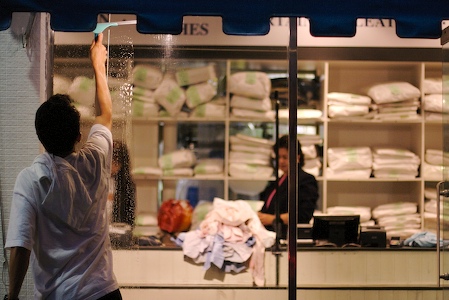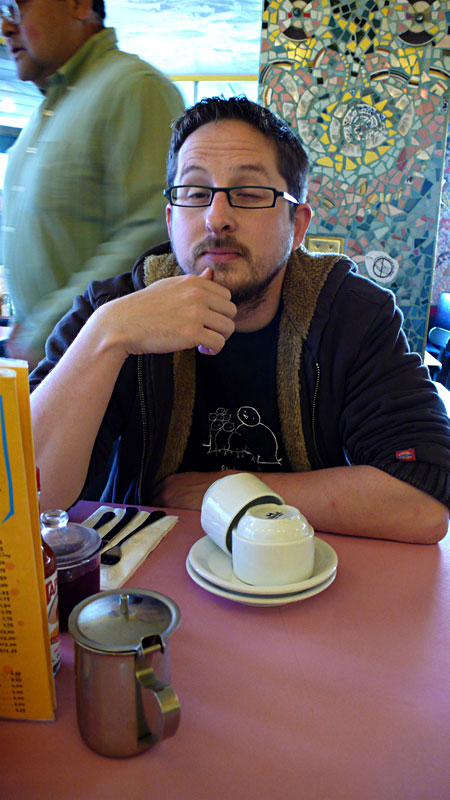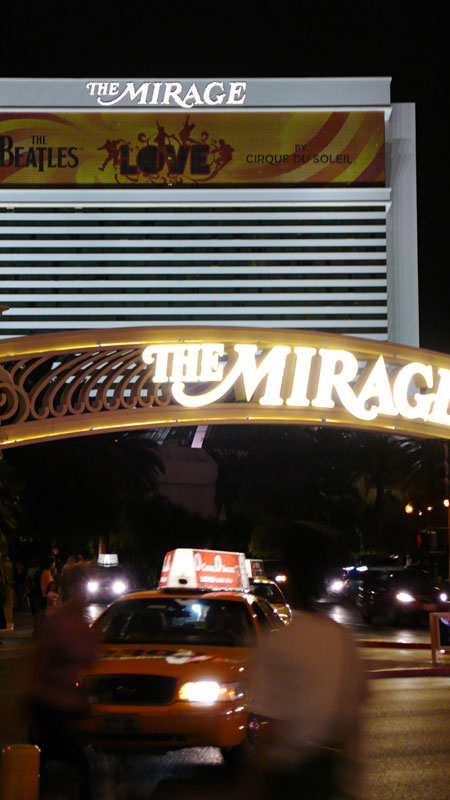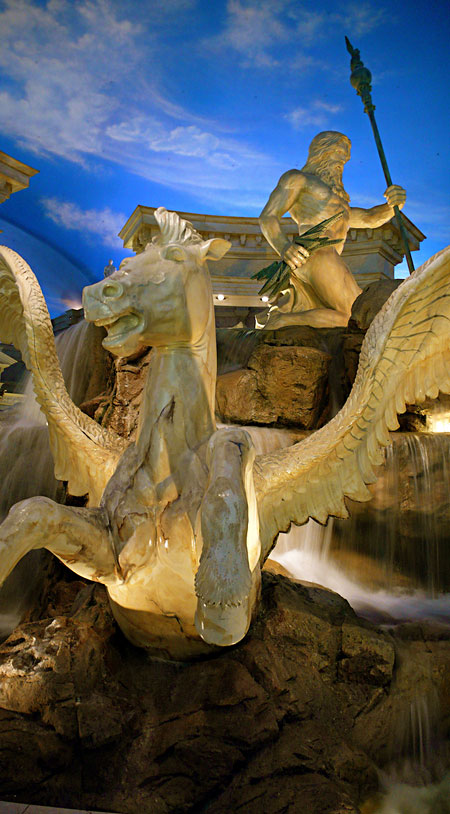In the background of my overly hectic life at the moment, I decided that it would be a good idea to get some old photos scanned. I’d scanned them myself a while back, but only from the prints. They looked okay, but somehow I felt that there was detail lost in the process and that there might be more quality and lasting value in getting the negatives scanned. Inspired by this brilliant scheme, I wandered into Jessops on New Oxford Street and asked them how much it would cost to get my negatives scanned and put onto a CD. At the price of around ¬£10 a film, plus an extra ¬£5 to get them done at a high quality rate, I decided to only do eight films to start off with and see how they turned out.
The finished result has been … puzzling. So this is when I’m turning to you guys in the outside world and asking you whether the scans I’ve got back are reasonable, whether they’re sort of shitty, and whether there’s any way I could get better stuff done, or the same stuff done faster or cheaper.
The main thing that’s puzzled me about the photos I’ve got back is how noisy or grainy they appear to be. Most (but not all) of the photos are black and white. They are roughly 2500 x 3500 in size. And this is what most of them look at 100% resolution, as they have come off the CD they were supplied on with no edits to brightness / contrast / levels or anything.


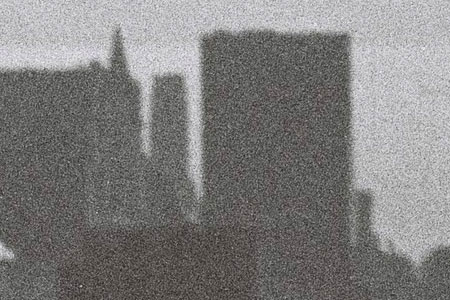
Now I’m not expecting these images to be looking beautiful and shiny and sharp – after all, they were taken on film and by a mostly-incompetent man in his early 20s with little experience using a camera. But I am really surprised by the grainy look and feel of it. It seems to me that a piece of photographic film shouldn’t have such enormous colour variation at this resolution. If it did by default, then you’d expect it to be impossible to get decent negatives blown up to A4 or larger, which it clearly isn’t. So I’m asking you guys out there whether this is normal, whether this is reasonable, or whether (as I’m wondering) it’s actually a function of a scanner that’s been pushed to its limit or been poorly used.
The reason I ask is because it’s actually proving surprisingly difficult for me to pull out the detail in some of these photos. The first thing I’m doing with any photo in Aperture is turning the noise reduction up to eleven. This in turn means I lose detail through the rest of the picture. It’s really aggravating.
I’m actually rather more inclined to believe that my reaction is the result of a personal failing on my part to understand the complexities of scanning from negatives than I am to believe that I’ve been given relatively expensive and poor quality service. So that’s why I need your help. If you know about this territory – if you think that even a bad photo shouldn’t end up looking so … particulate … when scanned at reasonably high resolution, then I want to know! Leave a comment below or e-mail me at the usual address, tom {at} the name of this website. Thanks.





